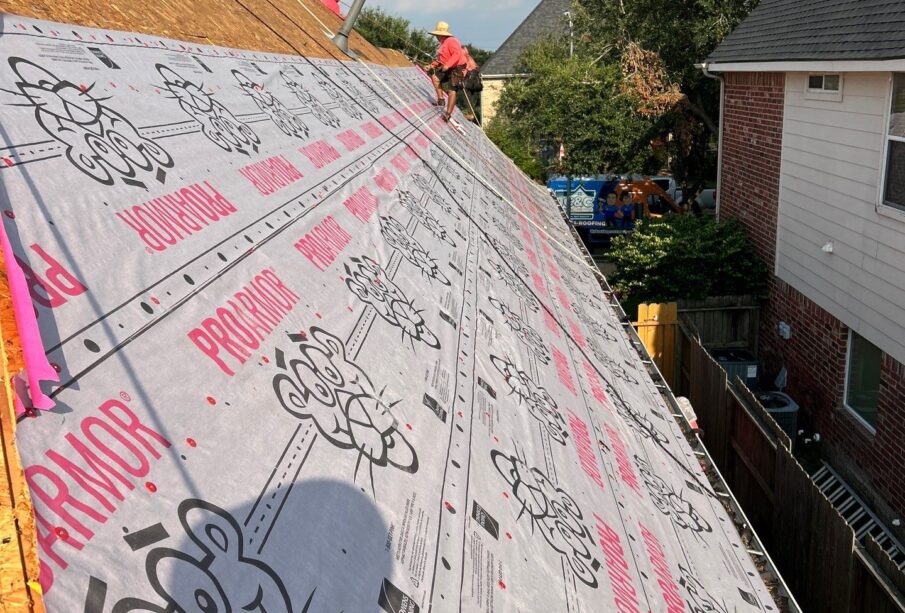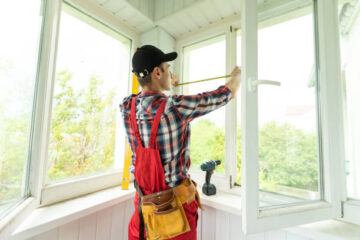Comprehensive Roof Repair in Austin, Texas: From Inspection to Completion

When it comes to maintaining your home, roof repair Austin Texas should be a top priority. A well-maintained roof protects your property from the elements and ensures the safety and comfort of your family. This guide will walk you through the essential steps of comprehensive roof repair, from initial inspection to the final touches.
Understanding the Importance of Roof Repair
Why Roof Repair Matters
A roof is more than just a cover for your home—it’s a critical component that shields your living space from rain, wind, and sun. Over time, however, various factors such as weather conditions, aging, and wear and tear can compromise its integrity. Ignoring minor issues can lead to significant problems, including water damage, mold growth, and structural weaknesses. Therefore, addressing roof issues promptly with professional roof repair in Austin, Texas is crucial.
Common Roof Problems
Before diving into the repair process, it’s important to identify common roof problems that may require attention:
- Leaks and Water Damage: Water stains on ceilings and walls are often signs of roof leaks.
- Missing or Damaged Shingles: Shingles that are cracked, curled, or missing can compromise your roof’s effectiveness.
- Gutter Issues: Clogged or damaged gutters can lead to water pooling and roof damage.
- Blistering or Peeling: This typically occurs due to poor ventilation or excessive heat.
The Roof Repair Process
Step 1: Initial Roof Inspection
The first step in any roof repair in Austin, Texas is a thorough inspection. This process involves:
- Visual Inspection: A professional roofer will examine the roof from the ground and use tools like drones or ladders to get a closer look.
- Interior Inspection: Checking the attic for signs of leaks, water stains, or mold.
- Assessment of Roof Components: Evaluating shingles, flashing, gutters, and ventilation systems.
The goal of this inspection is to identify all potential issues and determine the extent of the repairs needed.
Step 2: Detailed Inspection Report
After the inspection, you’ll receive a detailed report outlining:
- Identified Problems: A list of all issues found during the inspection.
- Recommended Repairs: Suggested actions to address each problem.
- Cost Estimate: An estimate for the total cost of repairs.
This report helps you understand the scope of work and make informed decisions about the repair process.
Step 3: Repair Planning and Preparation
Once you’ve reviewed the inspection report, the next step is planning:
- Choosing Materials: Select high-quality materials that match your existing roof or upgrade to better options.
- Scheduling Repairs: Arrange a convenient time for the repair work to be done.
- Preparation of the Work Area: Ensure the area around your home is cleared of any obstacles to facilitate safe and efficient work.
Step 4: Conducting the Roof Repairs
The actual repair process involves several key tasks:
- Removing Damaged Materials: Old or damaged shingles and other materials are removed carefully.
- Repairing Underlying Structures: Any damaged decking, flashing, or insulation is repaired or replaced.
- Installing New Materials: New shingles or roofing materials are installed according to manufacturer guidelines and best practices.
- Sealing and Waterproofing: Ensuring all joints and seams are properly sealed to prevent future leaks.
Post-Repair Inspection and Maintenance
Final Inspection
After the repairs are completed, a final inspection is essential to:
- Verify Work Quality: Ensure that all repairs have been completed correctly and to a high standard.
- Check for Remaining Issues: Identify any areas that may need additional attention.
Maintenance Tips
To extend the life of your newly repaired roof, consider these maintenance tips:
- Regular Inspections: Schedule periodic inspections to catch any issues early.
- Clean Gutters and Downspouts: Prevent clogs that can lead to roof damage.
- Trim Overhanging Branches: Reduce the risk of branches damaging your roof.
Conclusion
Comprehensive roof repair in Austin, Texas is a crucial process that involves detailed inspection, careful planning, and skilled execution. By addressing issues promptly and maintaining your roof regularly, you can protect your home and avoid costly repairs in the future. Whether you’re dealing with minor repairs or a major overhaul, working with a reputable roofing professional ensures that your roof remains in excellent condition for years to come.










